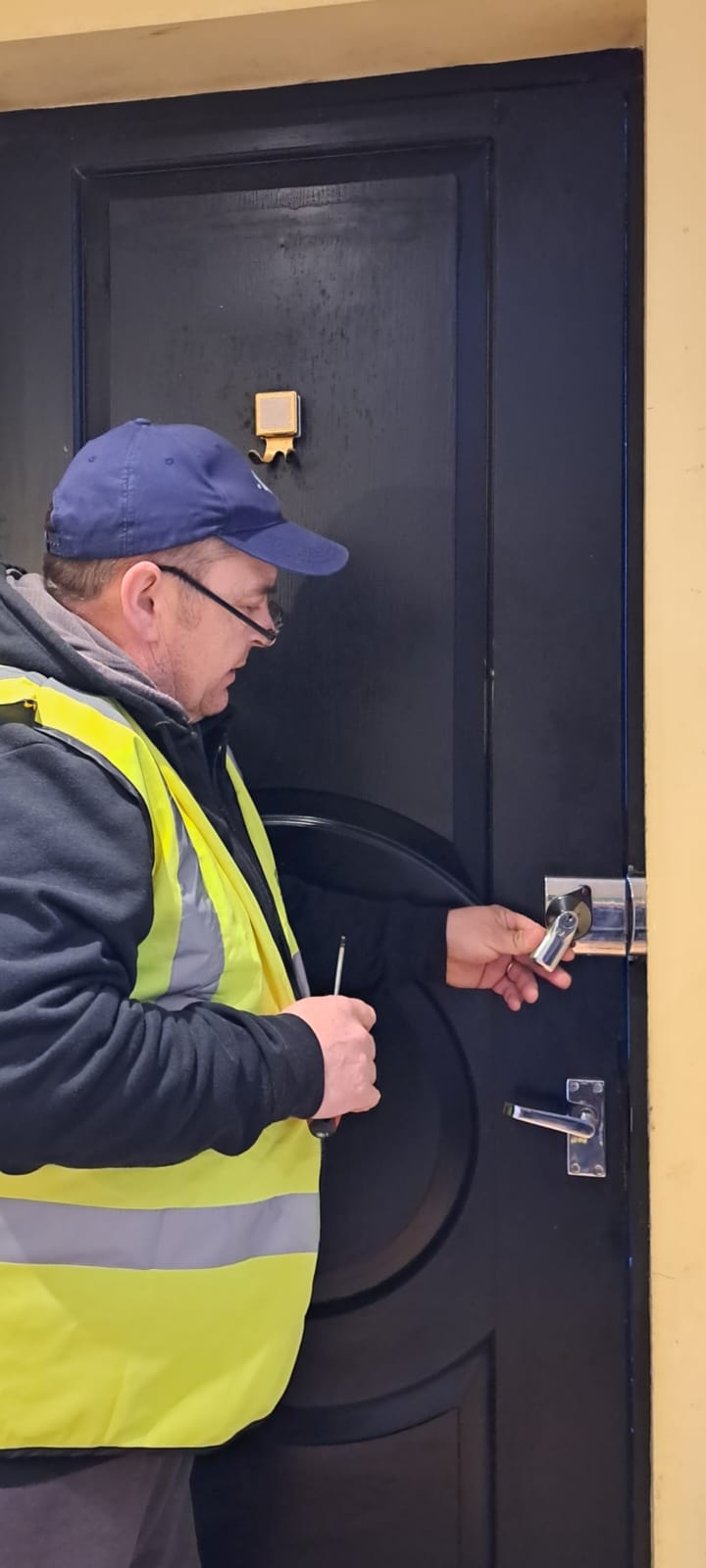Smart locks are super convenient, until they fail at the worst possible moment. Whether your Yale Smart Lock has run out of battery, lost Bluetooth connection, or glitched digitally, there are reliable ways to regain entry without causing damage.
1. Identify the Lock Type
Yale’s smart range includes models like the Keyless Connected, Assure SL, and Key‑Free Connected. Each one locks electronically but relies on power from internal AA batteries. When those die, you’re effectively locked out. However, Yale designs built‑in safety options for this scenario.
2. Use the 9‑Volt Battery Override
All major Yale smart models feature an emergency power contact on the keypad or base.
- Hold a 9‑volt battery against the small terminals at the bottom of the keypad (look for the two small metal dots).
- Once contact is made, the screen will light up. Then, simply enter your master PIN or present your RFID card to unlock the door.
- After entry, replace the internal batteries with four fresh AA alkaline cells to prevent future lockouts.
3. Physical Key Access (if available)
Some models, such as the Yale Keyed Smart Lock, still include a traditional keyhole for emergencies. Use your spare mechanical key if supplied with the model.
4. Try Backup Options
- For networked models, you can unlock via Bluetooth or Wi‑Fi using the Yale Home app if your smartphone is paired and within range.
- Check whether an authorised household member can unlock remotely through the app or the temporary guest code feature.
5. Avoid Forcing or Drilling
Never attempt to pry open or drill through the keypad. These actions will destroy the circuitry and void the warranty.
6. Call a Locksmith or Yale Support
If your lock remains unresponsive even with an emergency battery, contact a locksmith experienced in smart lock servicing. They can safely reset or replace the lock without door damage.
Locksmith Tip
Always replace smart‑lock batteries proactively every 6 months and keep a 9‑volt battery in your car or on your porch. Simple habits like these prevent getting locked out again.


